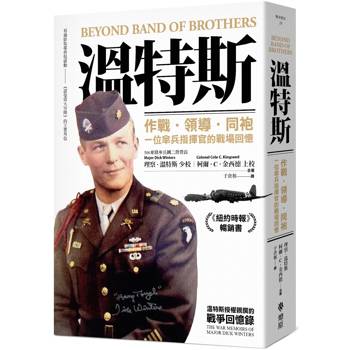Hegemonic Masculinity, Caste, and the Body investigates the intricate interplay between masculinities, space, and identity within Indian Punjab’s Jat Sikh community.
Through a series of insightful chapters, Navjotpal Kaur delves into the dynamic landscape of Jat masculinity, examining its historical roots, contemporary expressions, and global dimensions. Beginning with an exploration of hegemonic masculinity in the context of Jat identity, Kaur traces the influences of colonial-era valorization of Jat Sikh soldiers to present-day transnational forces, providing a comprehensive understanding of the socio-historical factors shaping Jat masculinities. She further investigates the entanglement of masculinity with Punjab’s agrarian landscape, where the exclusionary practices often sideline women and men belonging to other castes, illustrating how economic hardships have led to dire (gendered) consequences like farmer suicides. With a unique focus on the embodiment of caste among Jat men, her analysis also unveils deeper societal shifts impacting the formation of Jat identity by examining how spaces like agricultural fields symbolize masculinity. Utilizing Bourdieu’s framework, chapters unpack the significance of corporeal customs in perpetuating caste affiliations, revealing the layered nature of Jat identity as warriors, farmers, and socially privileged individuals. Kaur also explores the shifting gender dynamics within the Punjabi community, shaped by migration trends and economic challenges, before delving into the vulnerabilities faced by transnational masculinities, particularly among second-generation Indo-Canadians. From investigating gang-related activities to navigating intraethnic othering, Kaur also sheds light on the complex journeys of migrant youth in shaping their identities abroad.
Offering a nuanced exploration of the Jat Sikh identity, Hegemonic Masculinity, Caste, and the Body highlights its resilience, complexities, and vulnerabilities amidst changing socio-economic landscapes, thoughtfully invoking wider conversations around gender, culture, and self-perception.












